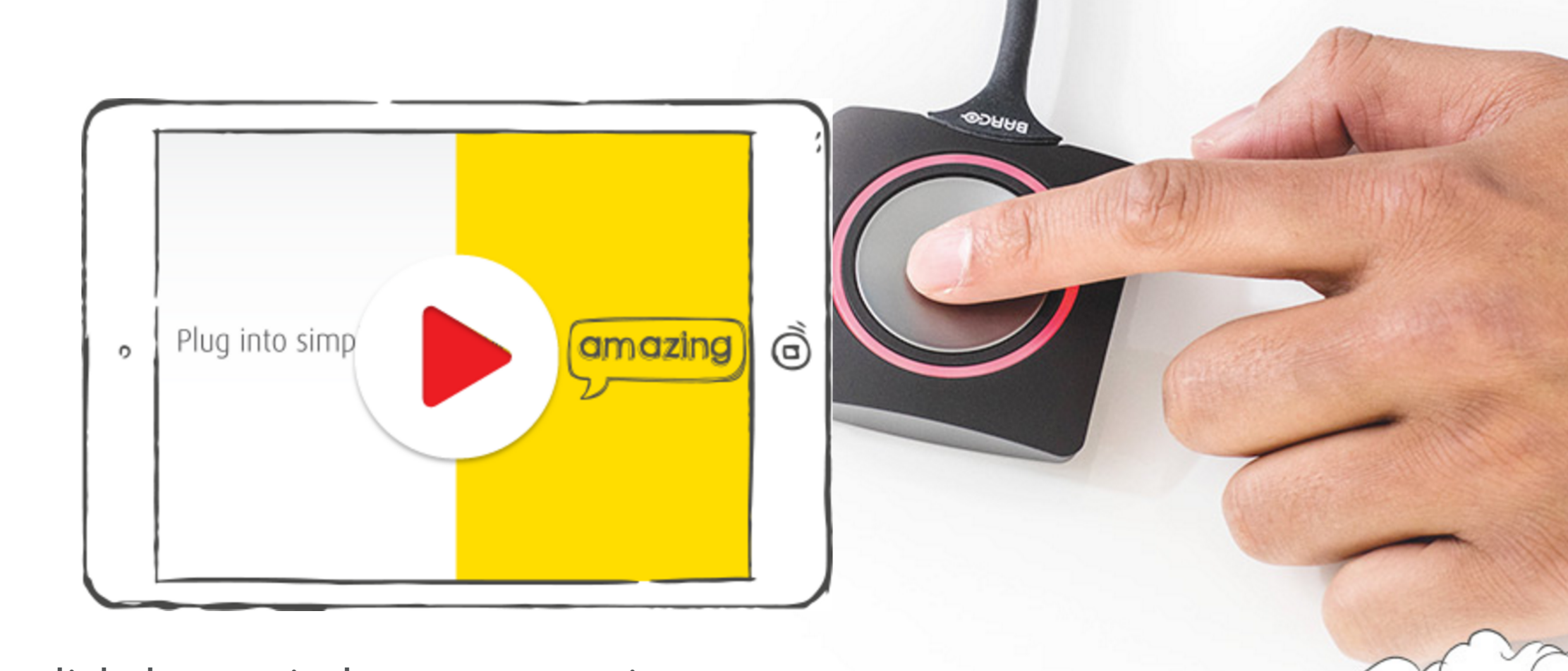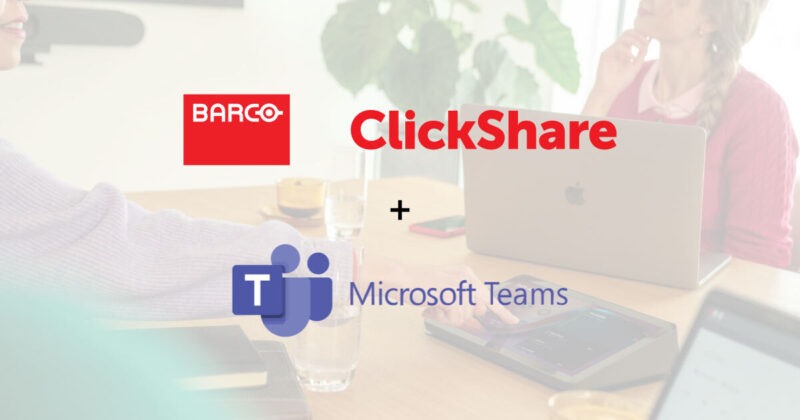The Future of Development in AV and Collaboration
Some say the future is now. I say the future is now, as well as in the innovations that continue to present themselves for the end user, as well as the industry integrator.

Zoom videoconference on tablet
In April 2013 I wrote one of my first rAVe blogs where I detailed the purchase of a new Windows laptop after my trusty Dell at the time started to finally sputter. I used that Dell as an integration sales account manager for years, really put it through the ringer. I purchased a Microsoft Surface Pro, the first one, which ran on the new Windows 8. Not long after, I purchased an iPad 4 (my first iOS device), at that point giving me more tech than I’d ever owned at one time before with a PC, laptop, iPad and my Windows phone.
Why the iPad? Not only did it become a seven-day companion (I actually traded the 4 in for a Mini) for on the go email, keeping up on social media, note taking and more, it became a piece of equipment I used for cloud video conferencing on the go as well. It was truly a wonder for video conferencing in that manner on such platforms as Acano, Zoom and more, set it up in no time and thus bring your device to the conference, from wherever you are.
I talked about multi-platform development in AV, not necessarily in terms of apps or software, I was targeting discussion more toward the capabilities of working on Windows and iOS devices at the time. I discussed device usage in the classroom as well as in business and healthcare, along with how the smartphone had begun to replace the PC and laptop in various instances. In fact, the day I picked up my new Android to replace the Windows phone, I got in touch with a good friend on the west coast who I did work with at the time and asked if he could set up a Vidyo conference to test it (the videoconferencing platform we were using at the time). The result was crystal clear video and voice transmission over the cloud, on a smartphone.
Over three years later, it’s clear that the tech world has truly progressed toward being mobile first, as well as one where collaboration can fully be achieved on devices as well. In a recent Denver Post article More small businesses are focusing on a mobile-first strategy, it specifies that more than half of Google searches take place on smartphones and tablets. People are no longer taking the time to go sit at a computer to do this, they’re taking these tasks more and more to mobile devices. Here in the article it talks about online searches, however if you consider the fact that this is being done more on devices, so are many tasks in business as well.
As consumers rely more heavily on mobile, especially younger people whose phones are never far away, experts say that strategy needs to be the priority.
Now while this article does hone in on the consumer, let’s extend this discussion to the working world, where it’s quite apparent that mobility needs to be a key when discussing further developments in AV and collaboration. What we are seeing today in terms of the many ways to communicate and collaborate is for sure moving the business, education and healthcare worlds in the right direction, and these pathways toward innovation must remain constant.
As I’ve said before, while the AV industry manufacturers continue to develop these applications, they must keep in mind the needs of the end user in certain environments. There is an absolute need, for the ever growing IT-managed environments, to continue to develop more cloud and software applications to go with certain hardware. The continued facilities driven mindset that so many integrators still lead with needs to migrate toward an IT-driven one (I still see reference to facilities, even with AV/IT). If you think that AV and IT have truly merged, and where those now even speak of IT/AV – it’s time to lead with more of a strategy that has been embodied by many corporate, education and healthcare environments – and that’s mobile-first to go along with cloud and software.
Such companies as InFocus have worked hard on building a full-fledged collaboration environment involving multi-platform, cloud and device usage. What I considered last year’s strongest collaboration solution at InfoComm – Jupiter Canvas – represented the now for Jupiter Systems at the time. Fast forward and it’s the now, and a bolder solution at InFocus. Here is my collaboration solutions video interview with InFocus at InfoComm 2016, which includes Canvas:
Yes, there will still be collaboration and ideation hardware display and projection solutions like the InFocus Mondopad (including the new Mondopad Ultra – more to come on that soon), Microsoft Surface Hub and Nureva Span, as well as products like Barco ClickShare and Kramer VIA, and even with this we need to take a focused look at the end user from the mobile device outward (along with cloud and software).

Taking this one step further, we look at applications like Slack and Cisco Spark and their collaboration capabilities on devices, as well as in integrated solutions like Slack with Blue Jeans and Ubiety Advanced Meetings for Spark.
You ask about my mobile technology today? A Lenovo Yoga laptop, iPad Air 2, new Samsung Note 7 and Samsung Gear S2 watch (to replace my original Gear watch). Yes, three years later, I’m still doing it on mobile – and the industry absolutely needs to focus on the device, as well as cloud and software-driven in the worlds of business and education that do it too.




